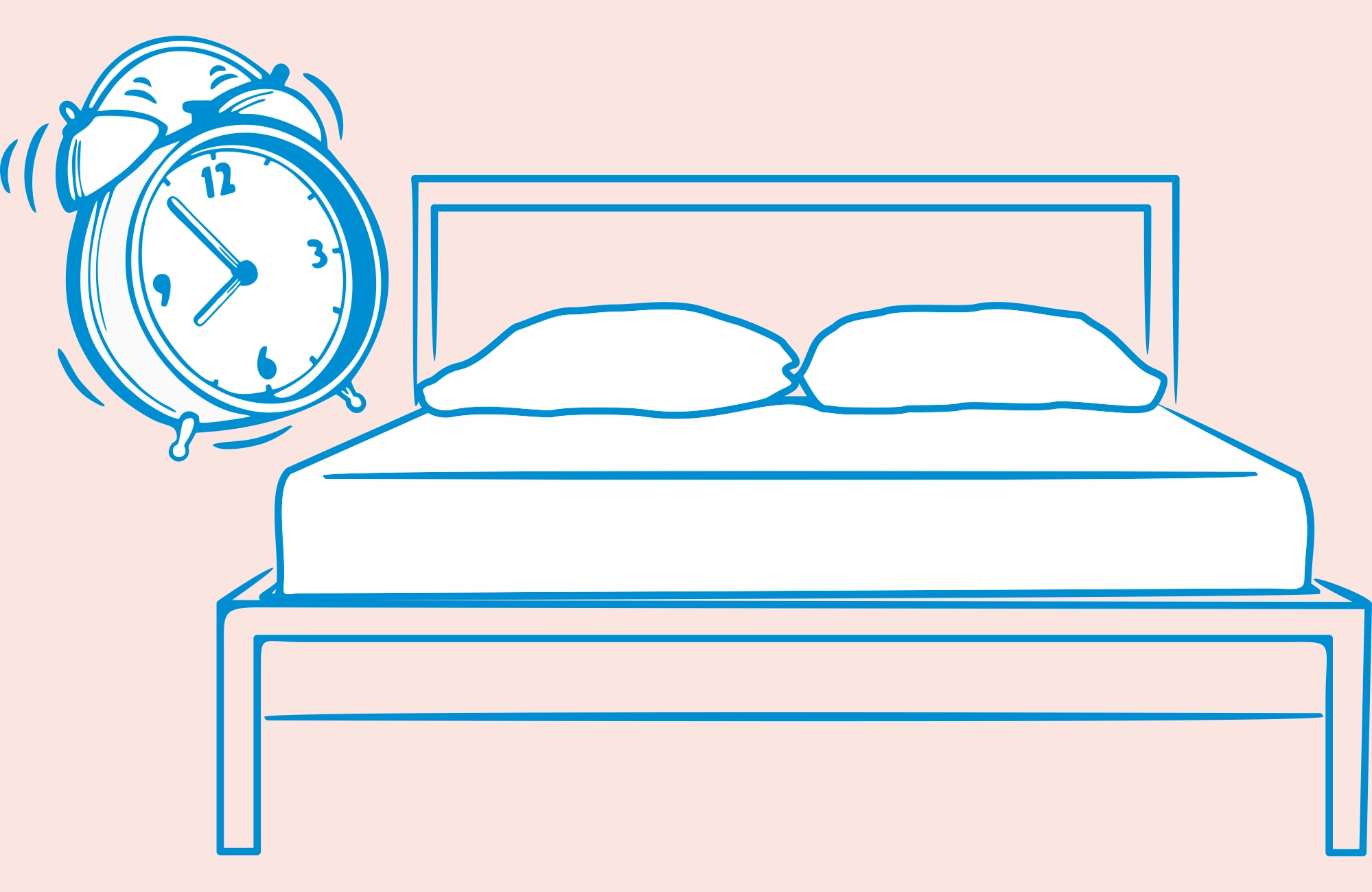To provide services at the highest level, we use cookies. Using the website requires you to choose settings related to their storage on your device. If you want to know what each type of cookie is used for, click the Details button below.
5 signs it's time for a new mattress20 czerwca 2024 |

A mattress can turn yellow due to sweat, the use of cosmetics, or the aging of materials. However, it is important to note that any polyurethane foam (T, HR, or V) naturally yellows due to oxidation and UV exposure. Placing the mattress in a shaded area and using a good cover, as well as frequent washing, will help prevent yellowing. Generally, yellowing does not affect the mattress's performance.
A mattress only squeaks if it is a spring mattress, such as a pocket or multipocket one. This is caused by the natural properties of the steel used to make the springs. Sometimes, the squeaking might not come from the mattress but from the bed frame or base. It is worth checking this.
A mattress gets moldy due to moisture, which can result from a lack of proper ventilation, sweat, spilled liquids, or high humidity in the room. Mold develops more quickly in mattresses with coconut, buckwheat, or other natural materials, as these cannot be fully cleaned and even when cleaned, they have a porous structure that provides an ideal environment for mold and other microorganisms. Therefore, it is better to choose foam mattresses, especially the hypoallergenic Osaka Air mattress.
A mattress sags when its foams or springs lose elasticity and do not return to their original shape. This is rarely due to long-term use; more often, it is due to low-quality materials. For spring and T foams, sagging can occur after a few months of use. In contrast, very dense HR foams can last for decades.
As a rule, mattresses should be replaced every 10 years at most, depending on their quality and usage. Many mattresses need to be replaced after just 2 years due to poor quality. However, very good functional mattresses can be replaced every 15 years.